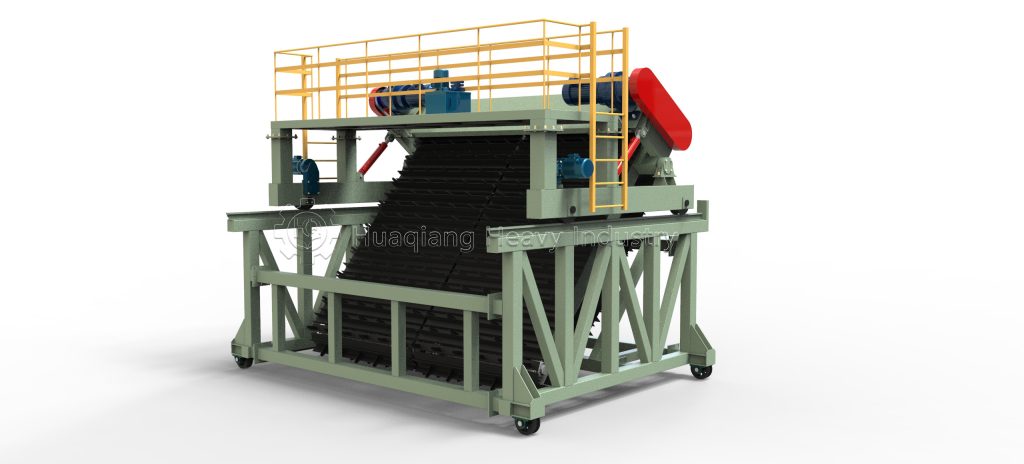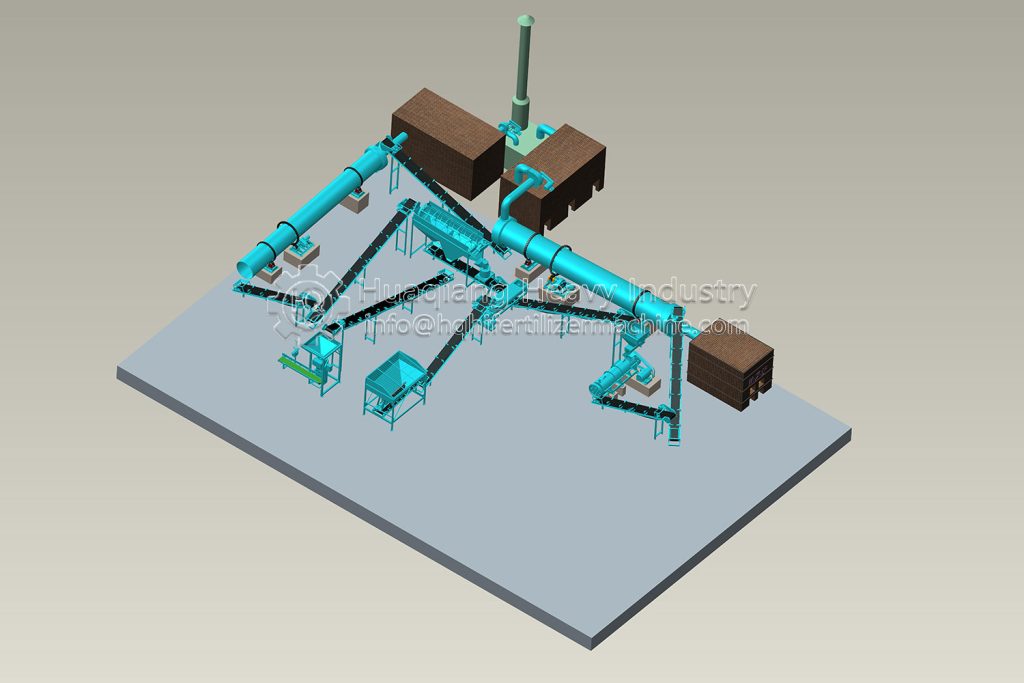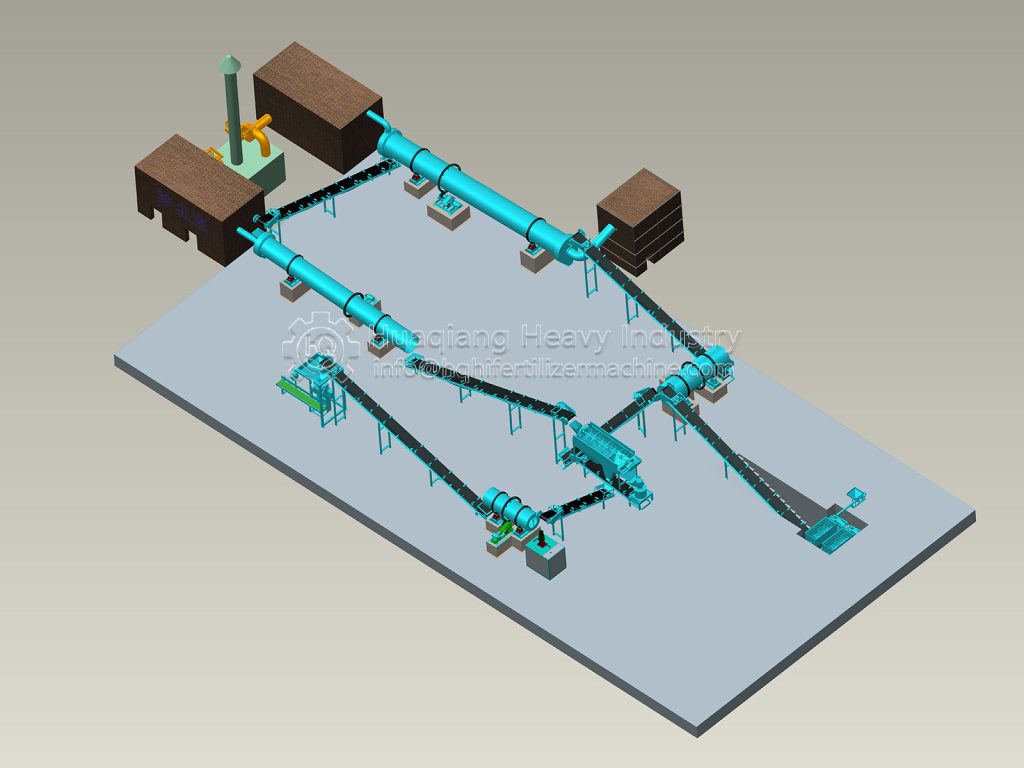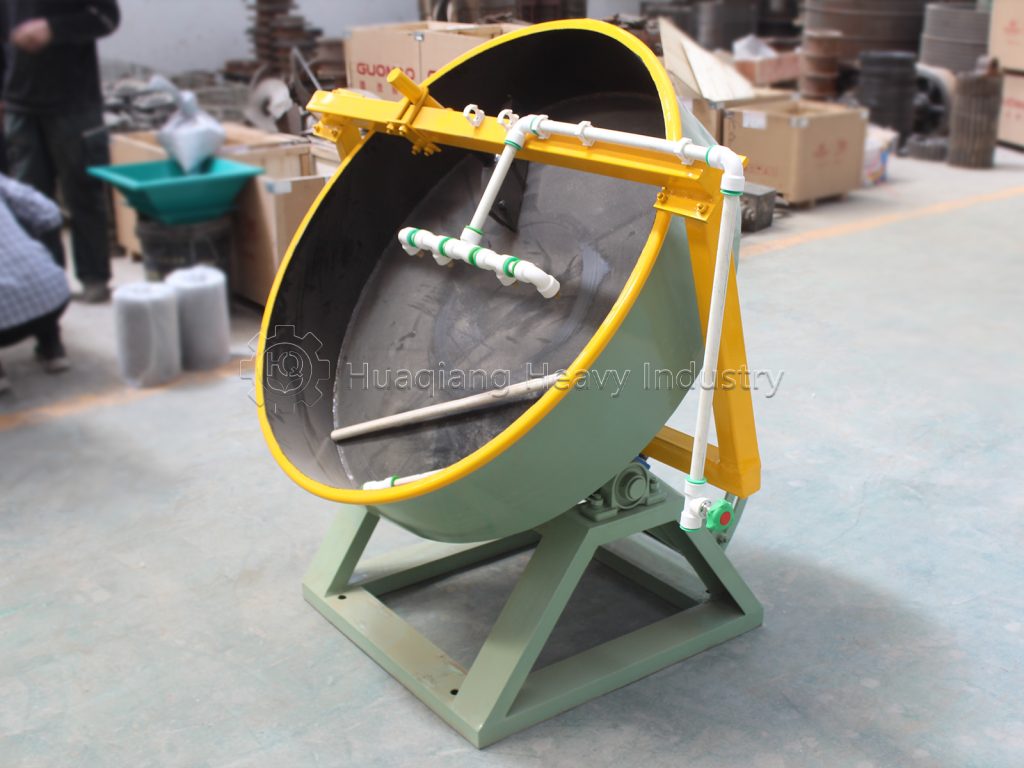Chain Plate Turner: The “Transformation Master” of Organic Waste
In the field of organic fertilizer production, the chain plate turner stands as an exceptional fertilizer production machine, performing like a magical “transformation master” that converts various organic wastes into valuable fertilizer resources. This versatile compost fertilizer machine isn’t picky about its inputs yet delivers highly efficient processing outputs, making it an indispensable component in modern organic fertilizer production lines. As a multifaceted fertilizer machine, it expertly handles the crucial composting phase, accelerating decomposition through regular turning that introduces essential oxygen while maintaining optimal temperature and moisture levels throughout the organic matter.

The Modern “Alchemy” Process
The working principle of the chain plate turner can be called modern “alchemy”. The circulating chain plates act like conveyor belts, while the sharp plow blades resemble a magician’s hands, continuously turning, mixing and crushing materials. During this process, oxygen is skillfully injected, temperature and humidity are precisely regulated, microorganisms obtain optimal activity conditions, and originally offensive waste begins its magical transformation.
Flexibility Advantage: Compared to trough turners, chain plate equipment isn’t limited by space and can process windrow materials in open areas, making it particularly suitable for large organic fertilizer production bases.
The Omnivorous Organic Waste Processor
This “transformation master” has an amazing “appetite” and “digestive capacity”:
- Livestock manure:Easily handles sticky chicken/pig manure, breaks up compaction, eliminates odors, and kills parasite eggs
- Crop straw:Sharp plow blades can shred baled straw, accelerating its degradation into fertile humus
- Industrial waste:Particularly effective for high-moisture materials like distiller’s grains and herbal residues, quickly reducing water content
- Municipal waste:Treating food waste and garden waste can significantly reduce landfill volumes
- Qualified sludge:Can reduce sludge moisture content from 80% to below 60%, eliminating pathogens
Dual Expert in Environmental and Economic Benefits
The chain plate turner is not only an environmental guardian but also an economic benefit creator. Through large-scale continuous operation, it can convert various organic wastes into high-value organic fertilizer raw materials, solving waste disposal challenges while creating new economic value. In today’s increasingly important resource recycling, this “transformation master’s” value becomes ever more prominent.


.jpg)






